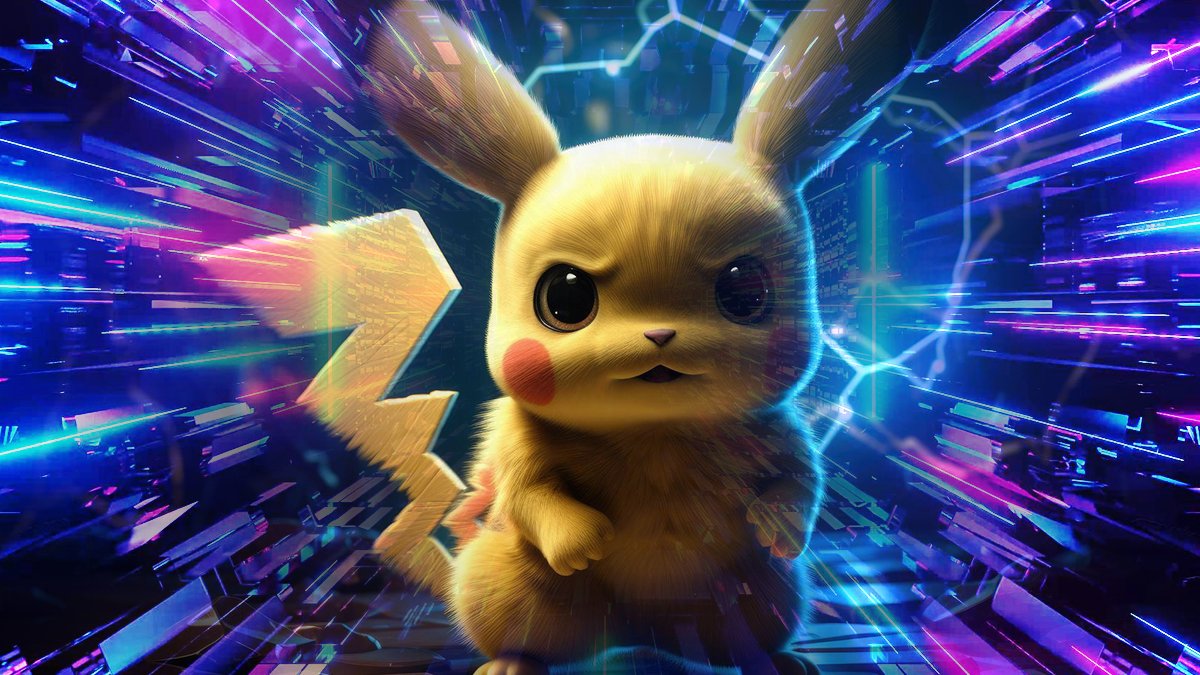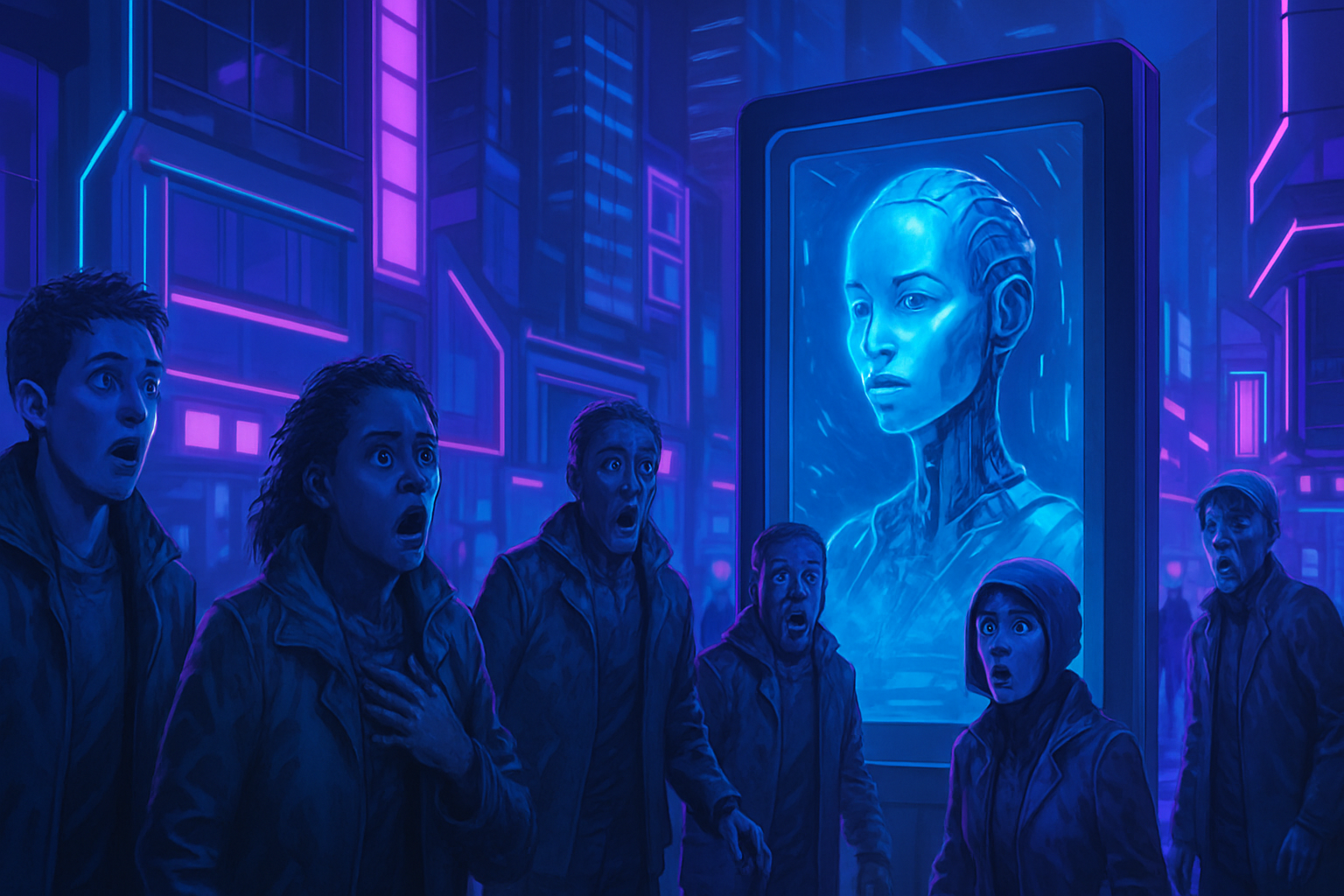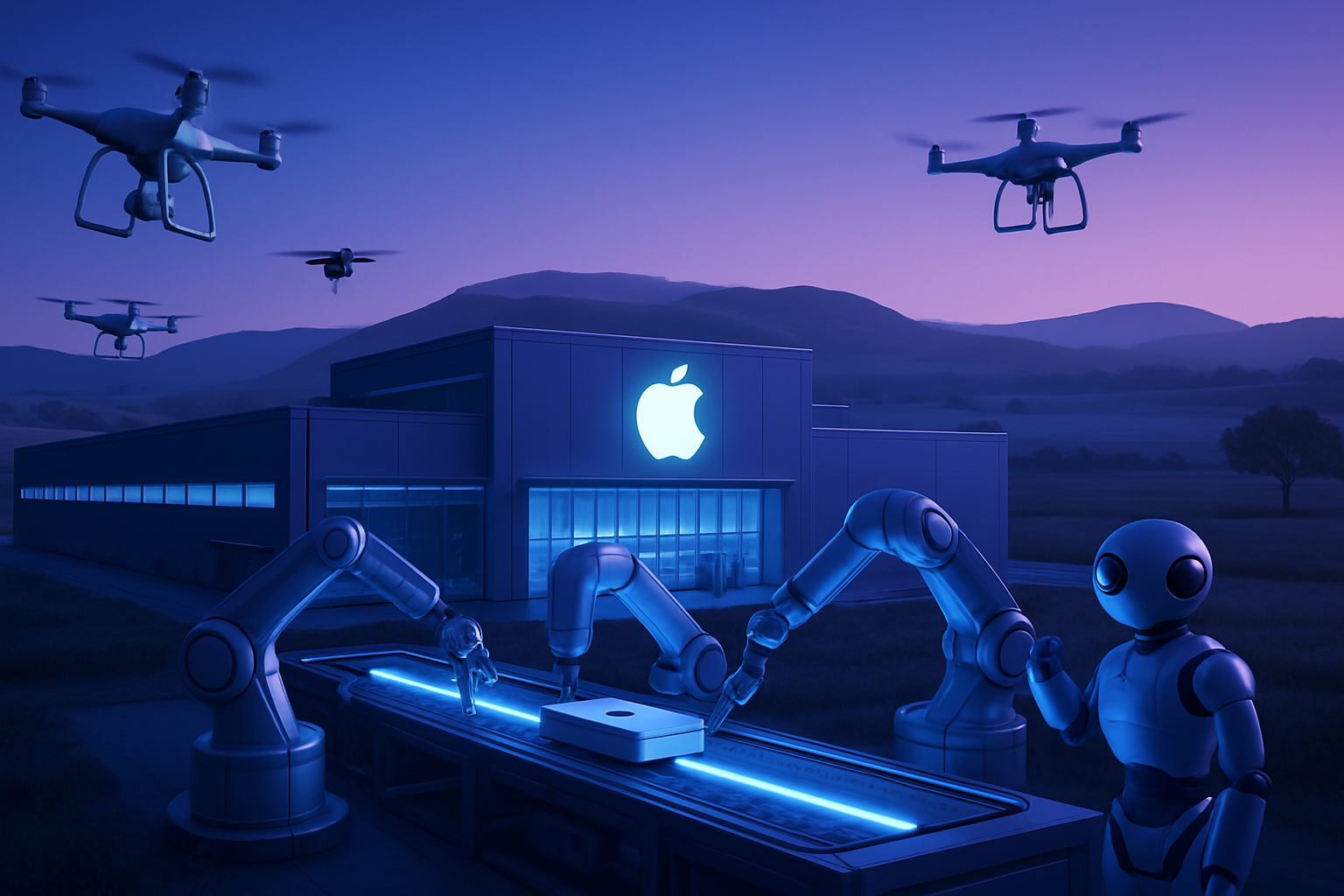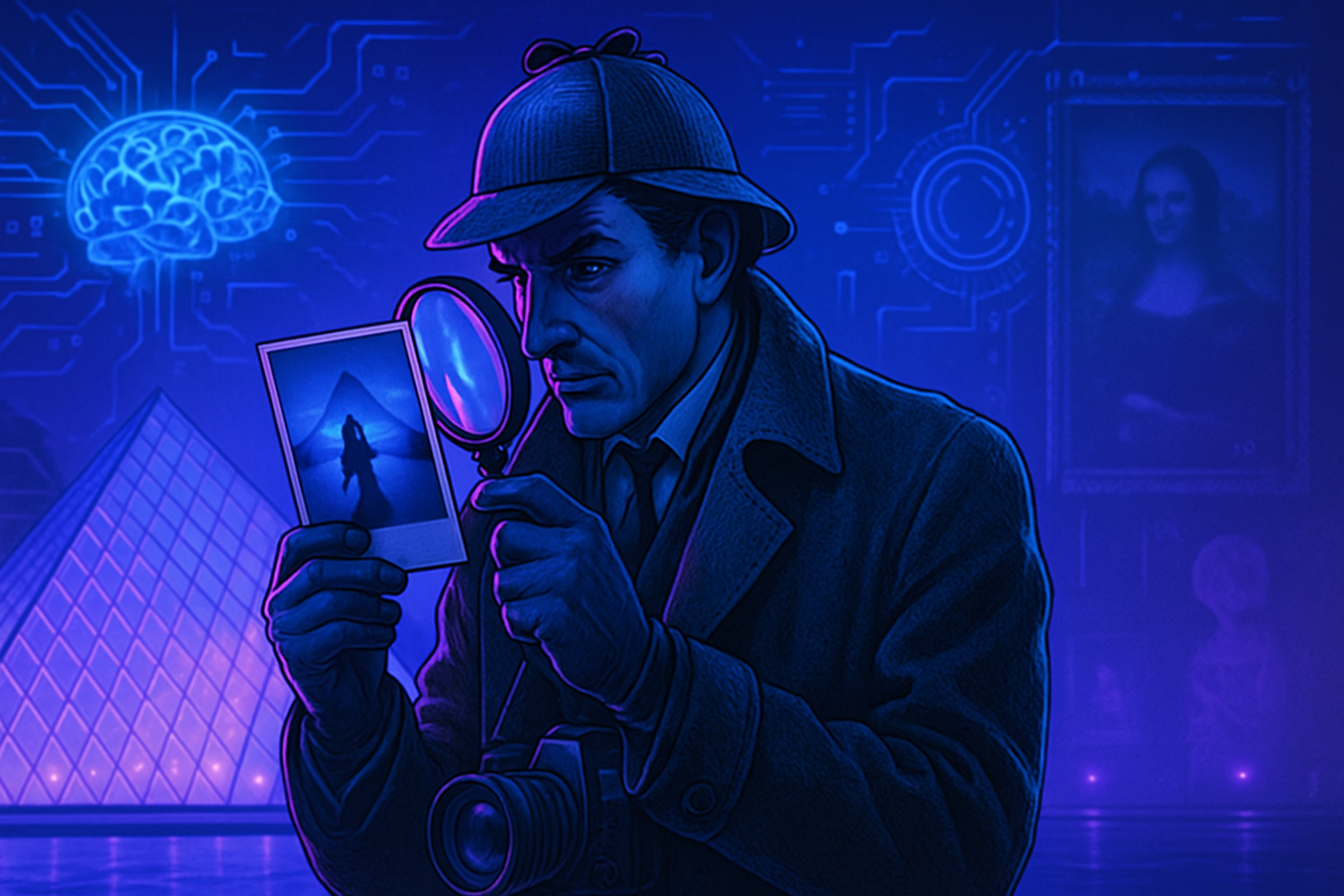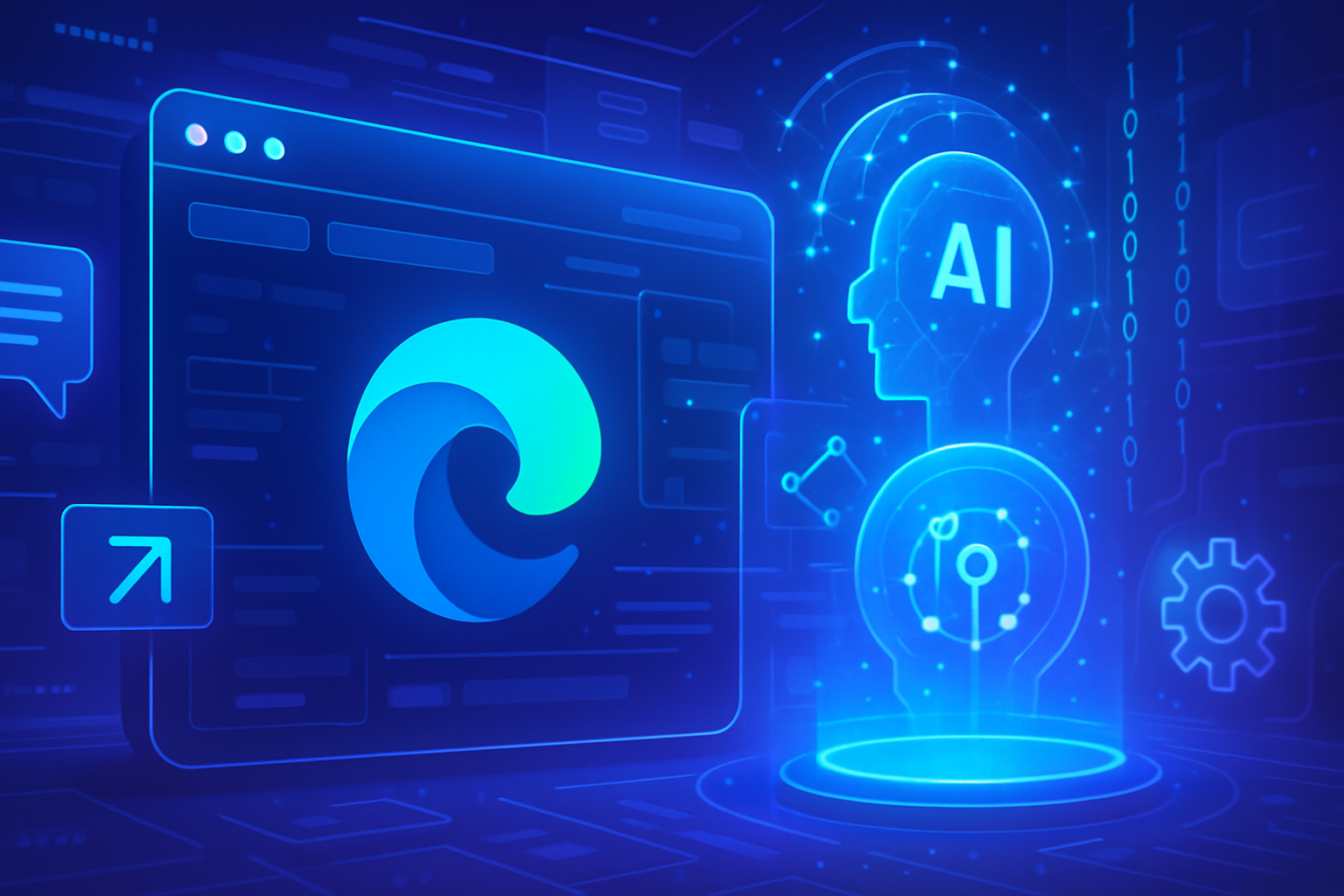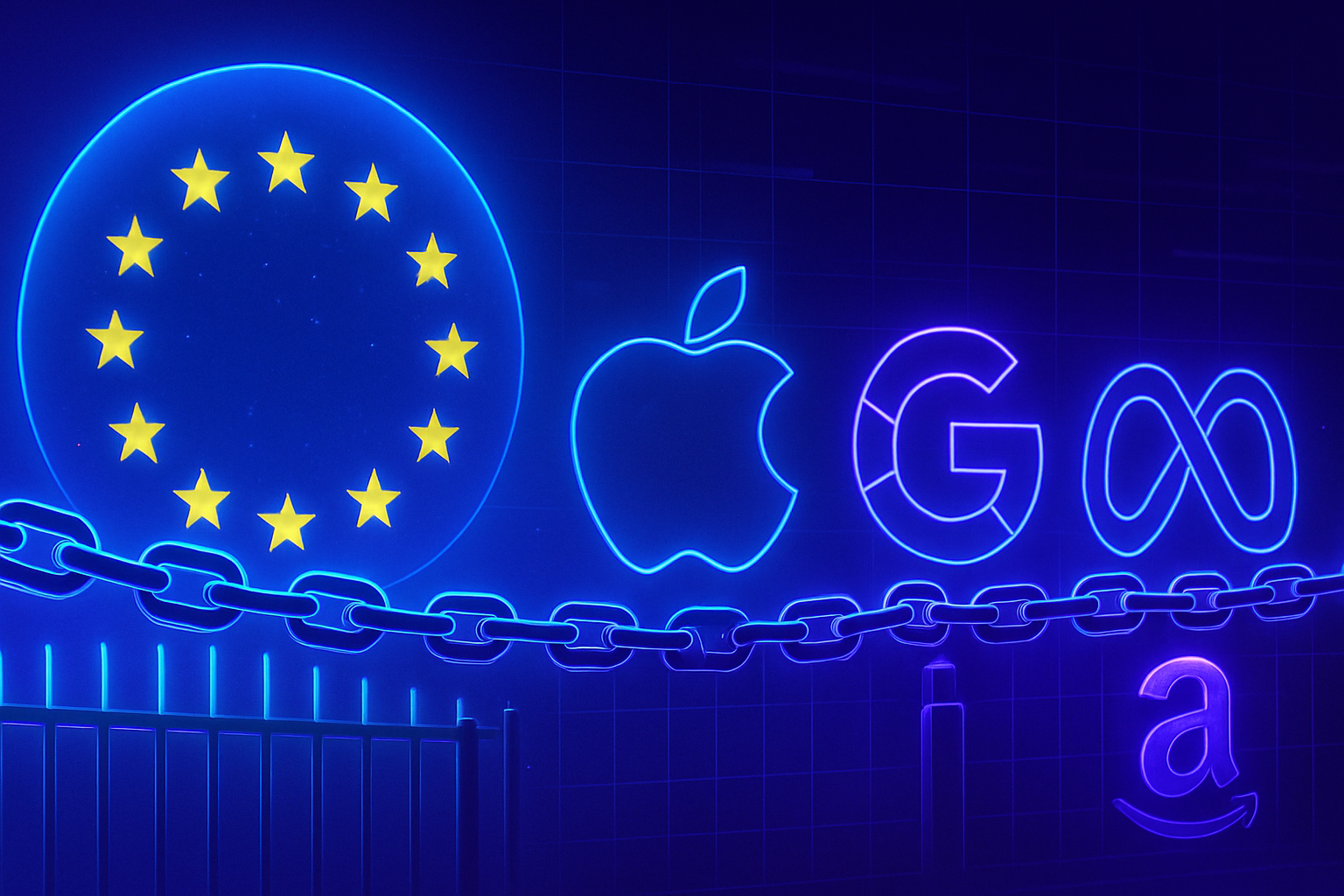Le deep learning, or deep learning, is a machine learning method based on neural networks. Unlike other forms of artificial intelligence that follow predefined instructions, systems using deep learning are capable of learning autonomously. Thus, they can adapt and create behaviors based on their environment and the various situations they encounter. In the world of video games, forms of artificial intelligence have been around for several decades. However, the most striking examples today concern AI based on deep learning, representing a significant step forward in understanding how these intelligences can learn and evolve on their own.
Peter Whidden’s experience: 50,000 hours of learning with Pokémon Red
To better understand how deep learning works and study the behaviors of an artificial intelligence, a content creator named Peter Whidden conducted an experiment with a cult game: Pokémon Red. He trained an AI for 50,000 hours on this game to see how it would manage in an unknown world filled with challenges. The AI created by Whidden started to explore the surroundings, capture Pokémon, and progress in the game as it acted. It even managed to defeat the first gym champion of the game, Brock, but only because its last available move was Bubble, which is effective against Rock-type Pokémon. However, the adventure quickly became complicated for this artificial intelligence: it found itself stuck in the Dark Cave, a labyrinthine place where the paths look too similar to one another. Thus, the AI failed to reach the second gym located in the city of Azuria.
The strengths and weaknesses of artificial intelligence in Pokémon Red
Although it is easy to point out what the AI does wrong, it is also important to highlight its qualities. For example, unlike human players who may struggle to decipher the secrets of randomness in games, the AI managed to identify a trick to optimize its capture chances. Whidden discovered that his AI systematically took the same strange route out of Pallet Town, the very first village in the game. In reality, this route allowed it to ensure the capture of the next Pokémon with a single Pokéball, thus conserving precious resources. This experiment conducted by Peter Whidden shows us how difficult it is to convey clear objectives to an artificial intelligence based on deep learning, even when those objectives are well defined. Moreover, it highlights the inherent limitations of these intelligences: while they can learn and adapt to various situations, they are not yet capable of matching human ingenuity in solving certain complex problems.
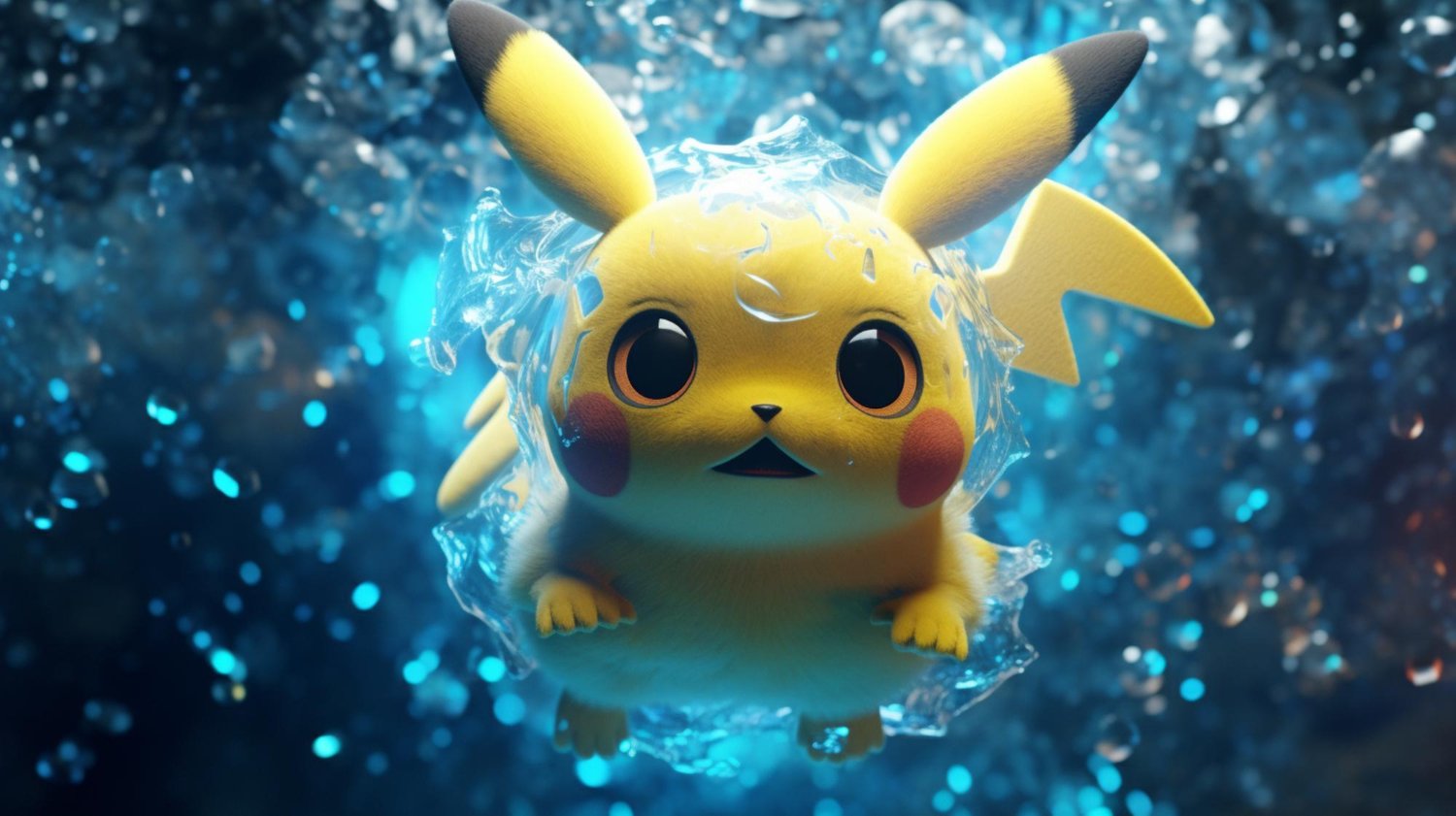
Towards a better understanding of deep learning
Peter Whidden’s experience with Pokémon Red is an interesting example for understanding how deep learning works and the challenges faced by artificial intelligences today. While they have undeniably come a long way since the early examples of AI in video games, there are still many steps to be taken before these systems can truly match human thought and creativity. Other similar experiences could be conducted in various contexts and fields to better grasp the learning and adaptation capabilities of deep learning-based AIs. It is therefore essential to continue research and testing to constantly improve these artificial intelligences and, perhaps one day, succeed in creating systems capable of surpassing the current limits of deep learning.
